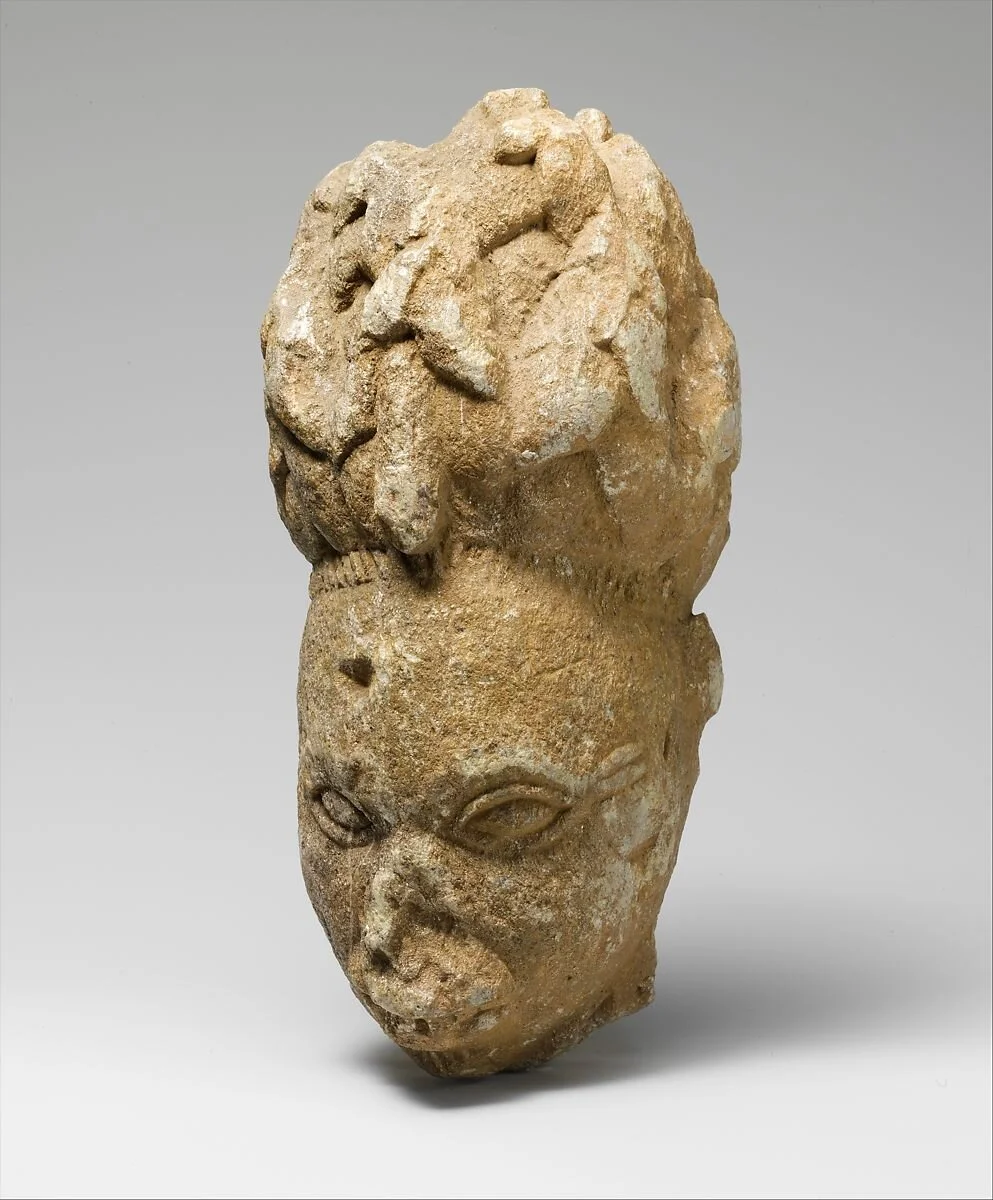FORM
three (3) dimensional shape expressing length, width, and depth
Form
Form is a three dimensional shape expressing length, width, and depth. Balls, cylinders, boxes, and pyramids are classic forms that artists emulate or copy as they practice how to model and understand 3D forms.
A great way to understand form is to turn off the lights and feel a form without seeing it. The mind uses somatic senses of touch, weight, temperature, and spatial orientation.
In terms of wholeness, form is the entirety of the surface, volume, mass, and weight combined with how light hits an object and visually describes its dimension.
Click the link below to watch a short video about the concept of form in art.
Three Dimensions
Form is often used when describing sculpture or three dimensional objects.
Two Dimensions
Form in two dimensions is about creating an illusion of form through perspective and shading or value.
Chiaroscuro is an Italian term meaning ‘day to night.’
This technique uses a high contrast blend from light to dark to describe a 3 dimensional form on a 2 dimensional surface.
Tenebrismo was generated by Artemisia Gentileschi and Michelangelo Merisi da Caravaggio, Italian artists in the Baroque era of the 1600s. These artists were interested in high contrast lighting effects to depict dramatic moods in Biblical scenes.
Form and Meaning
Different forms throughout time have taken on symbolic meaning for cultures.
Peoples of the world continue to use forms as another type of language that embodies sight, touch and meaning.
Click the link below to read about the importance of form and meaning in African Art.
Craft and Form
In many crafts or in design-driven art, ‘form follows function,’ as was suggested by the architect Mies van der Rohe in Modernism, even though crafts have been created for many thousands of years.
When ‘form follows function,’ an artisan lets the final function or use of the work command its form, rather than arriving at a form through a personally-driven creative process.
An example would be that if the expectation is ‘a cup is a vessel,’ then its function is to hold water. In this way, its crafted form must have the capacity to do so.
Yet, cultural symbolism and the desire for meaning influence functional forms to have a wide variation of look, feel, material and technique around the world.
Maya. Cylindrical Vessel. 1st century B.C.–A.D. 1st century. Ceramic, slip. Guatemala, Mesoamerica. The Metropolitan Museum of Art.
Mexican. Sphere. before 16th century (?). Stone. Mexico, Mesoamerica. The Metropolitan Museum of Art.
https://paintingvalley.com/sphere-drawing#sphere-drawing-30.jpg.
Yoruba peoples. Figure: Head. 12th–15th century. Soapstone. Nigeria, Esie region, Offa. The Metropolitan Museum of Art.
Mexican. Cup. ca. 1845. Tin-glazed earthenware. Mexico. The Metropolitan Museum of Art.





